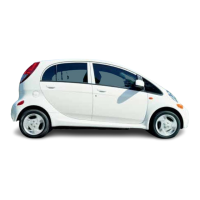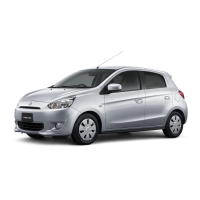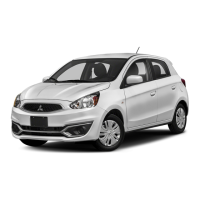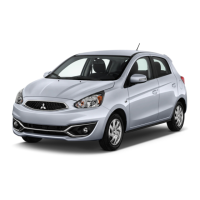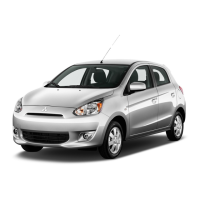Chapter 9 Brakes
F; p
2.4a Pull the stop@$plug out with
pliers, follow@ by . ,
2.4b . . . the pad support plate 2.4~ Work the caliper up-and-down
while pulling it off the brake bracket
-2.5a Rotate the pads out of the brake bracket
Outer
pad clip
‘\
Anti-
/ rattle
2.5b Typical brake pad components
2.6 It’s a good idea to apply a coat of brake anti-squeal
compound to the backs of the shims
7 Use a wood dowel or hammer handle to push the piston back into its
bore to make room for the new, thicker, pads. If the piston does not move
easily, loosen the bleeder screw and push again (be to sure bleed the
brakes as described in Section 9 after installation). Lubricate the contact
surfaces of the caliper and support plates with a thin coat of multi-purpose
grease. Install the pad
clips
on the’bracket
(see illustration 2.5b).
8 Slide the caliper assembly into position over the new pads and seat it
on the mounting bracket. If removed, install and tighten the up’per caliper
bracket bolt.
2.9 Pry the caliper up with a screwdriver and then insert the
stopper plate
9 Install the pad support plates, stopper plugs and spigot pins (see
il-
lustration).
Repeat the procedure on the other wheel. .
Flea ting caliper
Refertoillustrations2.10, Z.ila, Z.llb, 2.12,2.13a and2.13b
Note: Some 1992and latermodels are equipped with dual-piston calipers
on the front wheels. Although the photographs in thisprocedureshowpad
replacementonasingle-pistoncaliper, theprocedureisfhesame fordual-
piston calipers.
10 Using a large C-clamp, bottom the piston back into the caliper bore.

